Why It's Important to Train for Recreational Sports
Welcome back to the Total Performance Newsletter! If you are a new subscriber and did not receive previous editions, check out the "Newsletter" tab on my website (www.totalperformance-pt.com) and they are all posted there. If you have trouble accessing this link, please let me know! This month, we will continue to take a look at some specific movement and injury-related issues that commonly arise and how to deal with them.
Before we dive into today's topic, I wanted to give a quick social media plug. Follow us on Instagram (@total_performance_pt) and Facebook (@Total Peformance Physical Therapy). I have been more active in those places and will be making regular posts on ways to further help you move better, feel better, and perform better!
Getting back to today’s newsletter, we are going to talk about the importance of training for recreational sports. Whether you play the pick up basketball on the weekends, golf every moment it's not raining, or are in 5 different tennis leagues, this newsletter is for you.
To start off, it's important to say I am a HUGE fan of adults participating in recreational sports. I think everyone should find something they enjoy, whether it's picking up a new sport or getting back into something they did as a kid, and make it a regular part of their life. The physical, social, and psychological benefits cannot be overstated. Find a local league or group that fits your lifestyle and schedule and get involved!
With all that being said, one downside to this is that people do get injured. We've all heard, or have been there ourselves, about someone throwing their back out golfing, another person straining a calf in basketball, or the cranky tennis elbow that just won't go away. While not all injuries are entirely preventable and accidents do happen, a common theme amongst many of these nagging issues are that the body is simply not adequately prepared for the demands of the sport. Let me explain.
As great as sports are to get you up and moving, they do not "care" about keeping your body healthy. They only "care" about completing the movements that are required for the sport, and oftetimes, the movements required for the sport are not exactly healthy for the body. For example, throwing, swinging, kicking, and even running require a complex and very demanding coordination of mobility, speed, power, and strength. Not to mention, many of these movements are just done on one side of the body over and over again. If you're body is not prepared for this, the risk of injury goes way up.
Luckily, this is where good training comes into play! Even better is the fact that no one is asking you to train like a pro athlete or become a gym rat-just 1-2 days/week of a well-rounded training programing that focuses on your specific needs is plenty to keep you on the field and feeling and performing your best.
What goes into a good training program? There's countless ways to create a program, but the constant pillars should be:
Specific mobility work that addresses your individual needs, balances "asymmetries", restores any lost motion that results from the sport, and teaches you proper mechanics to ensure you move efficiently during your sport
Some form of power/plyometric work to prepare you bones/ligaments/tendons for sport activities that require running, jumping, change of direction/agility, and powerful rotational movements
Strength work to ensure your muscles are strong enough to produce/absorb the forces imposed on your body during sports
Hypertrophy (muscle buillding) work to build some "armor"-this is especially important if there's contact in your sport; it also never hurts to look good out on field/court
Optional: cardio-if your sport is highly cardio-intensive by itself, you probably don't need much of this in training
Again, there are countless ways to create this type of program and even more exercise variations, but here is a sample program I might use for a tennis player who wants to work on rotational power and mobility. (click on names of exercises for links to video demonstrations)
Circuit: 2-3 rounds (warmup circuit that works on trunk and hip mobility)
Hands Supported Pushup ISO Rotation; 6-8 reps/side
Foam Roller Kickstand RDL; 8-10 reps/side
Medicine Ball Roll and Reach; 10-12 reps/side
Circuit: 2-3 rounds (power circuit that works on upper and lower body rotational power)
Rotational Box Jump; 3-4 reps/side
Medicine Ball Scoop Toss; 8 reps/side
Circuit: 3-4 rounds (main strength circuit for lower and upper body strength)
Trap Bar Deadlift; 5 reps
Rotational Landmine Press; 5 reps
Circuit 2-3 rounds (accessory strength/hypertrophy circuit for lower, upper, and core)
2 DB Reverse Lunge; 10 reps
Split Stance Single Arm Cable Row; 12 reps
Split Stance Cable Chop; 10 reps
Circuit: 2-4 rounds (hypertrophy circuit for extra quad work and arms)
Leg Extensions; 12-15 reps
Cable Curls; 10-12 reps
Tricep Pushdowns; 10-12 reps
Stretch: 1-2 rounds (pick whichever stretches feel necessary)
All 4s Glute Stretch; 30-60 seconds
Couch Stretch; 30-60 seconds
Adductor Rockback; 10 reps
Knees Bent Open Book; 10 reps
Of course, there are literally endless ways to program these types of workouts and they should always be tailored to each person's individual needs/abilities, but this is just one example that includes all of the "constant pillars" described above.
If you need some help creating your own program to keep you healthy out on the field/court, feel free to reach out!
Stay tuned for next month’s newsletter, where will we continue to look into some common issues that arise and practical solutions to deal with them! Also, if you have any topics that you want to see covered in a future newsletter, please let me know!

